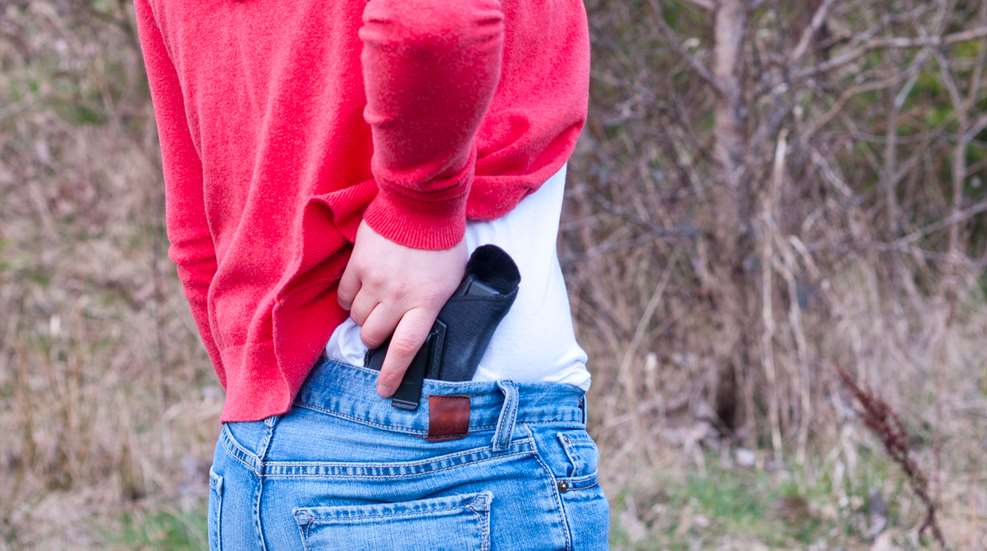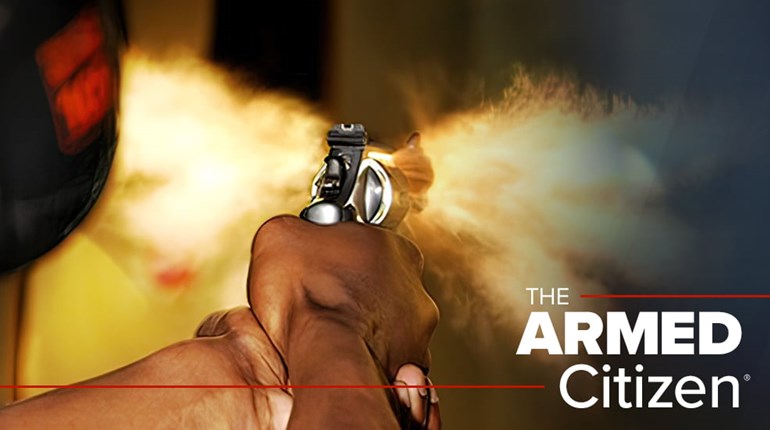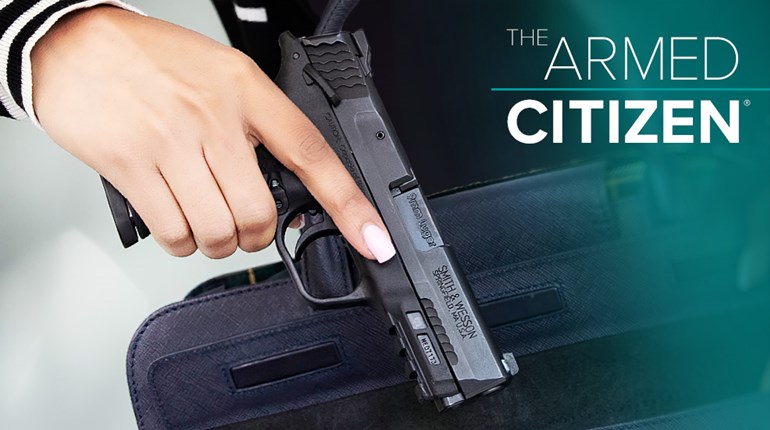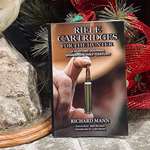
Congratulations! You’ve done everything necessary to legally carry a concealed handgun in your state, including taking any required classes and getting any necessary licenses. However, with great power comes great responsibility, and all of us should take the time to learn how to safely, lawfully and effectively use a gun in a defensive situation. Here’s what to do next on your self-defense journey.
If you took a permit class and it did not include skills such as using a holster for your gun or drawing your gun from under a concealing garment, then you’ll want to get some training there first. They aren’t complicated skills, but you can shortcut a lot of experimentation and pick up important safety skills unique to concealed carry by heading to a specialized CCW class. Even if your permit class did include those skills, taking another class (or three) to learn more about the physical skills required to draw your gun from concealment and shoot your intended target is always a good idea.
The skills I listed above are essential, and once you’ve mastered them your next step should be a more advanced class. Advanced shooting topics include how to increase your speed and accuracy, how to “run and gun,” or what to do if you’re attacked in your car. It’s impossible to provide a full overview of all the types of defensive shooting classes available, but you can see my article about how to select the right class and instructor for yourself here.
Hands-on, gun-related training isn’t the only defensive skill that you should work on. There are a lot of other methods of self-defense that will help you concealed carry safely and effectively. To start, check out this article on staying aware of your surroundings at all times.
One of the most important parts of concealed carrying is getting educated on the laws dictating when and how you can use a firearm to defend yourself or someone else. While it’s tempting to think things like “I’ll just shoot anybody who comes into my house at night,” or, “I’ll just say I feared for my life,” those aren’t magical ways to justify using deadly force. It is important to learn the laws about what you can and can’t do when using a gun defensively prior to carrying in order to protect yourself and others. Examples of places you can find excellent resources in this area include MAG20/Classroom taught by Massad Ayoob, Andrew Branca’s Law of Self-Defense program and the Armed Citizens’ Legal Defense Network’s materials.
After you’ve learned more about the laws surrounding the use of deadly force, you might realize that having tools and skills that help you avoid using a gun at all is an important part of your comprehensive self-defense plan. There are two areas of training that you should consider pursuing: conflict avoidance or de-escalation, and less-lethal options.
Conflict avoidance and de-escalation includes both being able to avoid problematic situations and being able to turn them into less dangerous situations. You might have to look outside of the firearms world to find training for these skills, but they are available in more comprehensive armed self-defense classes. One acronym to look for is “MUC”—Managing Unknown Contacts, a paradigm created by Craig Douglas of ShivWorks. You can also follow resources such as my On Her Own blogs or Active Self Protection’s YouTube channel to learn more about what those situations look like and how they can be dealt with.
However, if you’re unable to de-escalate a situation, it is important to know how to handle an unavoidable confrontation the doesn’t require a gun. In other words, sometimes you need “something between a harsh word and a gun,” as Chuck Haggard of Agile Training & Consulting says. There are multiple options available, but pepper spray, also known as OC spray, is perhaps the most widely available and effective. Pepper spray isn’t terribly complicated, but a short seminar can be a good use of your time to learn exactly how and why it works, when it’s most appropriate, and how to use it properly so that you aren’t scrambling in the middle of a confrontation. While pepper spray is an effective option, be sure to check out this article on self-defense “tools” to avoid.
If for some reason you are unable to access you gun, hand-to-hand fighting may be your last resort in handling a dangerous situation. Grappling and wrestling-type skills in particular can be a useful part of a comprehensive self-defense plan. However, these techniques can take a significant amount of time and dedication to learn. There are one-day and weekend seminars that will cover physical skills relating to guns in close-up confrontations (such as ShivWorks), but you might find that committing to even six months of regular Brazilian jiu-jitsu classes will be more effective in the long run, even if you decide that long-term training isn’t for you. Even a sport or competition oriented program will teach you new ways to move your body and defend yourself that are far more practical than what you see in the movies.
Although a large part of self-defense is reacting to danger and physical altercations, your journey would be remiss if it didn’t include medical training. You don’t need to become an EMT or haul around a giant kit of supplies (read We Are Our Own First Responders), but knowing the basics of how to stop traumatic bleeding and treat other common health crises is just as likely to save your life as knowing how and when to shoot an attacker. Stop the Bleed seminars are taught all over the country, often for free or at a very low cost, and aren’t contingent on having medical experience. You can also benefit from standard First Aid/CPR classes, such as those offered through the American Red Cross, or opt for more comprehensive classes geared towards concealed carriers such as those offered by Lone Star Medics or Dark Angel Medical.
It seems like a lot, I know. You thought that carrying your gun was just about taking the state-mandated class, getting a permit and moving on with life. And you can certainly do that. But by carrying a gun, you are taking on a huge responsibility. You have the potential to take a life, and that kind of power deserves an investment of time, energy and money to do it lawfully and effectively.
About the Author: Annette Evans is the Beauty Behind the Blast and founder of "On Her Own," a project for women navigating the world solo. When not studying shooting and self-defense, she is a competitive shooter who goes to the gym too much. Annette is also an NRA- and Rangemaster-certified firearms instructor, author of “The Dry Fire Primer,” and a commercial attorney in her spare time. Her cat's name is Tuna.















































